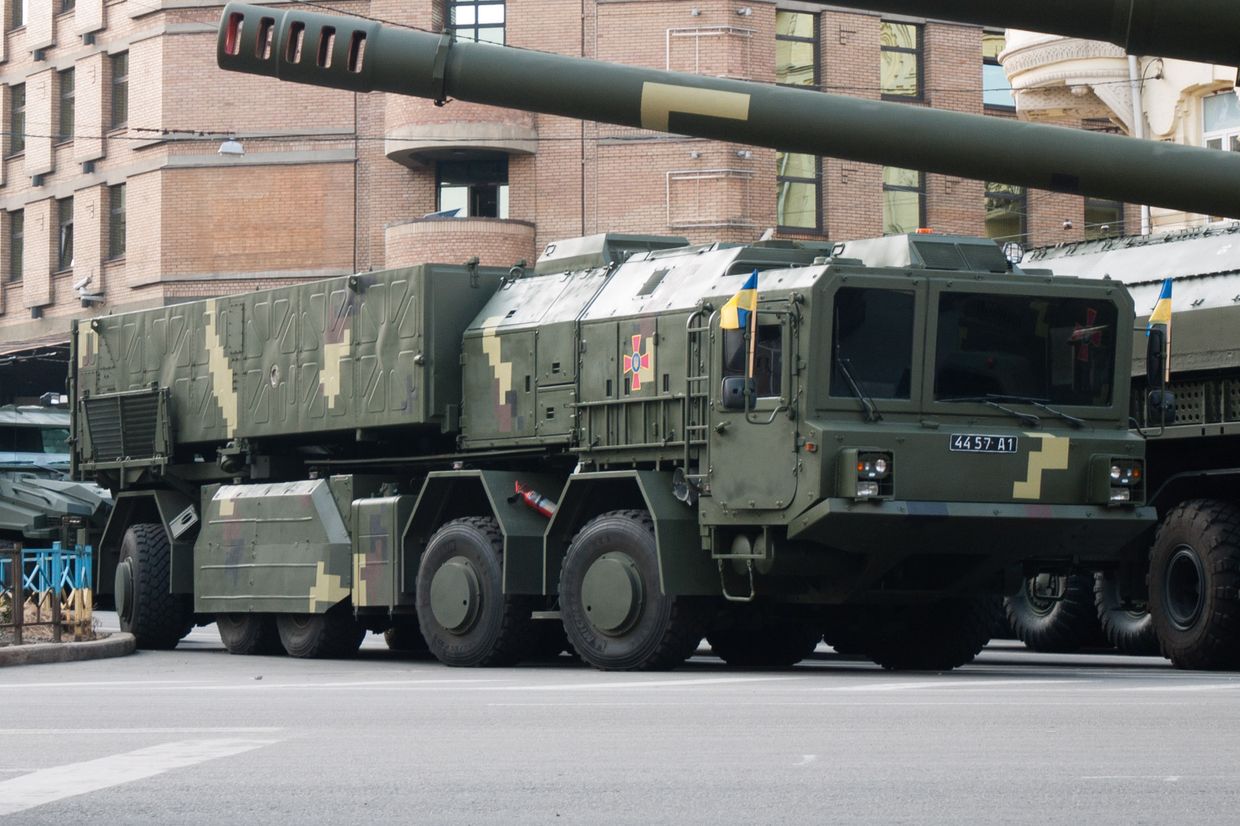Attracting investments through industrial parks has driven GDP growth and tripled exports in Turkey, exceeding $350 billion annually. In South Korea, enterprises in industrial parks have accounted for up to 72% of exports and employed 48% of the population. China's industrial and technology parks contribute about 23% of its GDP.
These examples are more than illustrative. With over 15,000 industrial parks worldwide, many countries have leveraged them to transition from agrarian economies to high-tech processing hubs, laying the foundation for their "economic miracles."
In Ukraine, even Russia’s full-scale invasion hasn't halted the development of industrial parks. A new plant is set to launch at a park in the Kyiv Oblast city of Fastiv, while all vacant premises in Bila Tserkva are filled, and new construction has begun.
In Lviv Oblast, two of the three parks have commissioned industrial buildings and are attracting residents. The "West Ukrainian Industrial Hub" in Ternopil, started in early 2022 on abandoned premises, is now a modern park with developed infrastructure and a solar power plant. An oil production company from the front-line town of Huliaipole relocated here, resuming production, employing 200 workers (three-quarters local), and exporting to over 20 countries. The park, nearly fully staffed, produced over Hr 1 billion ($24.5 million) worth of products last year.

Ukraine's industrial parks already host about 30 production facilities and over 50 other entities (logistics centers, service companies, etc.). Scaling up such examples could significantly drive economic growth. Research by the Office of Industrial Parks at the Economy Ministry indicates that industrial parks can attract $3-5 million in investment and create 50-100 jobs per hectare, generating $7-10 million in annual revenue per hectare. To achieve these benefits, industrial parks need incentives, which the state provides.
Industrial parks offer residents tax and customs incentives, a simplified regulatory regime, and services from a management company. More importantly, they provide ready-made infrastructure, reducing capital costs and facilitating quick market entry. For local communities, parks bring new jobs, increased tax revenue, and regional development investments.
Despite these advantages, fewer than 20 of Ukraine's 80+ registered industrial parks are operational, with the rest in the early development stages. Only about 25% of industrial parks have adequate engineering and transportation infrastructure. To address this, the Economy Ministry, under the "Made in Ukraine" policy initiated by President Volodymyr Zelensky, offers several support tools to attract investment in the real sector of the economy.
Firstly, Hr 1 billion ($24.5 million) has been allocated in this year's state budget to support the development of industrial parks. This funding provides non-repayable funds for setting up parks and constructing infrastructure, such as roads, communication lines, gas, water, electricity, heating, and other engineering services.
The maximum state incentive is Hr 150 million ($3.8 million) on a 50/50 co-financing basis. For industrial parks in liberated territories, the state covers 80% of the costs (up to Hr 150 million). Additionally, 50% of the cost of connecting to electricity networks is reimbursable, with a maximum amount of Hr 150 million. Applicants must build at least 5,000 square meters of production space within the park and attract at least two participants within three years. The first parks are already preparing applications, and the tool is operational, awaiting quality projects from applicants.
Secondly, various benefits and incentives are available. This includes VAT and customs duty exemptions on new equipment and components. For instance, a company in "Fast Industry" saved about $367,500 on equipment worth $1.5 million, reinvesting the savings into further development.
Additionally, companies can avoid paying income tax for 10 years if the saved funds are used for company development. Some local governments offer their own privileges, such as exempting industrial parks from local taxes or land payments. For example, in Lviv, Vinnytsia, and Bila Tserkva, the land tax for industrial parks has been reduced to zero.
Thirdly, efforts are underway to attract foreign investors to develop industrial parks. This strategy has proven successful in other countries. For example, the Japanese corporation Sumitomo manages several industrial parks in Vietnam, India, Indonesia, Bangladesh, Myanmar, and the Philippines. It is crucial for Ukraine to attract investments in new plants, factories, production facilities, and industrial parks.

Some companies, like Unilever, have already invested 20 million euros ($21.6 million) in the Bila Tserkva Industrial Park. However, security risks deter some investors. Policies from the Multilateral Investment Guarantee Agency (MIGA), the U.S. International Development Finance Corporation (DFC), foreign Export Credit Agencies, and the Ukrainian ECA are available to protect foreign investments. MIGA has already provided guarantees for investments in the M10 industrial park in Lviv.
Fourthly, international organizations have been supporting industrial park development in Ukraine. The United Nations Industrial Development Organization (UNIDO) has implemented pilot projects introducing resource-efficient and environmentally friendly productions. The German Agency for International Cooperation (GIZ) has helped create the "Chervonohrad" industrial park in the Lviv region, with Hr 10 million ($245,030) of donor funding for infrastructure development.
These initiatives aim to transform Ukraine's economy from raw materials to processing. Currently, manufacturing accounts for 10.3% of Ukraine's GDP, compared to 17.3% in Poland, 22% in Turkey, and 19.1% in Slovakia. The goal is to increase this share to 20%. Industrial parks attract investments, create jobs, boost exports, improve the trade balance, and increase competitiveness by reducing production costs.
They also foster local infrastructure development, innovation, and research through collaboration with scientific institutions and universities. Additionally, the creation of industrial parks stimulates related industries, creating a chain reaction that benefits the entire economy. As the "Made in Ukraine" initiative progresses, it supports the nation's economic growth and development.
Editor’s Note: The opinions expressed in the op-ed section are those of the authors and do not purport to reflect the views of the Kyiv Independent.













